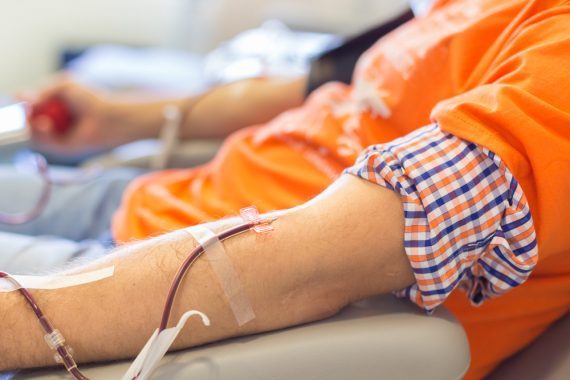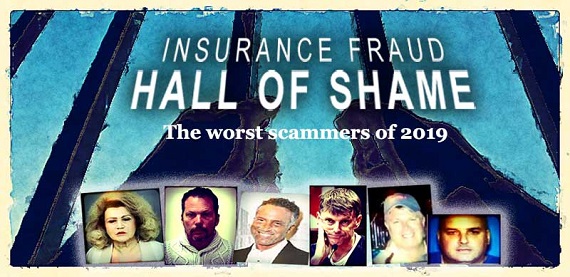If you are one of the millions who are confined to home during the Coronavirus outbreak, we have scoured the web for some of the best advice, tips and tools to help you make the most of things .. from working at home, keeping safe, stocking up, keeping kids safe and amused and dealing with anxiety and boredom.
Working from home
8 Tips To Make Working From Home Work For You – “Never before have workers telecommuted on such a broad scale. Millions of people are trying to work from home — if they can, of course. NPR’s Life Kit wants to help WFH work for you, especially if you’re doing so for the first time.”
Working From Home Because of COVID-19? These Tech Ideas Can Make It Easier – Consumer Reports offers tools and services, to help you increase productivity.
How to Set Up a Home Workstation to Avoid Muscle Strain, Headaches, and Sore Eyes – If the coronavirus outbreak is forcing you to work from home, follow CR’s advice for your home office, kitchen, or bedroom
How to Stay Sane When Working From Home With Kids – tips from Wirecutter
Keeping safe!
These Common Household Products Can Destroy the Novel Coronavirus – Consumer Reports shows you how to use them and tells you which products to stay away from.
How to Clean and Disinfect Yourself, Your Home, and Your Stuff – Wired magazine offers their best in-depth best practices for keeping yourself (and just about everything else) clean and virus-free.
How You Can Kill Coronavirus in Your Car Without Damaging Interior Surfaces
Should You Disinfect Your Phone? Here’s How.
List N: Disinfectants for Use Against SARS-CoV-2 – EPA.gov lists common household products and their effectiveness in protecting against Coronavirus.
Beware: Scams & hoaxes
Beware of Products Touting False Coronavirus Claims – Regulators and watchdogs warn consumers of hucksters playing on fears to make profits.
Phishing in the Time of COVID-19: How to Recognize Malicious Coronavirus Phishing Scams – good tips from the Electronic Frontier Foundation.
How to Avoid Coronavirus Phishing Scams – Watch out for a surge in emails from cybercriminals pitching COVID-19 health information and fake cures
Stocking Up
Grocery shopping during the coronavirus: Wash your hands, keep your distance and limit trips – Washington Post offers tips, including ideas for people who are 65 or older, or immune compromised. .
How to Protect Yourself From Coronavirus When Grocery Shopping – Consumer Reports offers precautions to take whether you shop in-store or online
Grocery rules for your coronavirus lockdown: Buy beans, freeze milk, don’t hoard, and more – Who knew you could freeze milk? CNN offers tips for the best foods to buy when you’re going to be stuck at home.
Wirecutter: The Best Meal Kit Delivery Services
Keeping Kids Safe & Engaged
How to Cope at Home With Kids During the Coronavirus Outbreak – Keep your family healthy—physically and mentally—and minimize spread of the virus
How Parents Can Keep Kids Busy (and Learning) in Quarantine – from The Atlantic: As American schools close, parents are suddenly faced with the challenge of keeping their children occupied at home. Here are some ideas.
Wirecutter: Our Favorite Educational Apps and Learning Games for Kids
PopSugar: A List of Indoor Activities That Will Keep Kids Entertained While Stuck at Home
Passing the Time
New York Times: Comforting Streaming TV Shows for Stressful Times
Time: A Guide to the Most Calming, Anxiety-Free Content You Can Stream Right Now
NPR’s Fresh Air Archive
Fun for you & for the kids: Monterey Bay Live Web Cams
NY Times: Can I Jog Outside? Is That Drinking Fountain Safe? Exercise in the Time of Coronavirus
Bicycling: How to Ride Safely Amid Coronavirus Concerns
A 20-minute workout is perfect for social distancing – video and tips from the Washington Post
Dealing with stress
Coronavirus anxiety: Why the outbreak feeds worries and five simple ways to reduce coronavirus anxiety
Cleveland Clinic: 5 Ways to Manage Stress During the Coronavirus Outbreak – Tips for preventing a mental meltdown
Anxiety can be a general feeling of apprehension, fear, nervousness, or worry. It can also be a sudden attack of panicky feelings, or fear of a certain situation or object. Learn more about anxiety disorders and treatment options from Medline.
Reprinted from Renaissance Alliance – no usage without permission.






